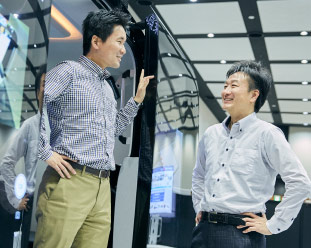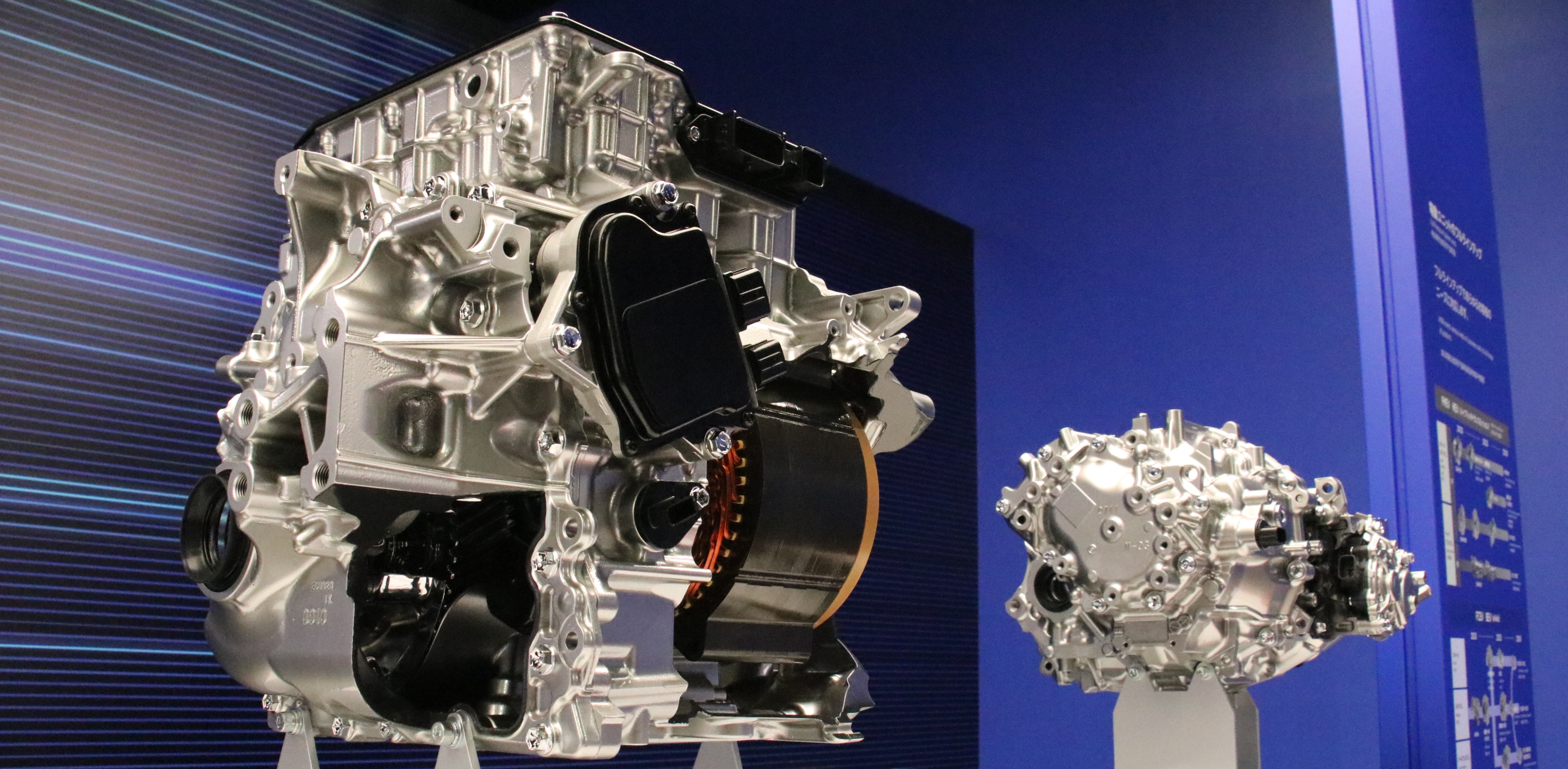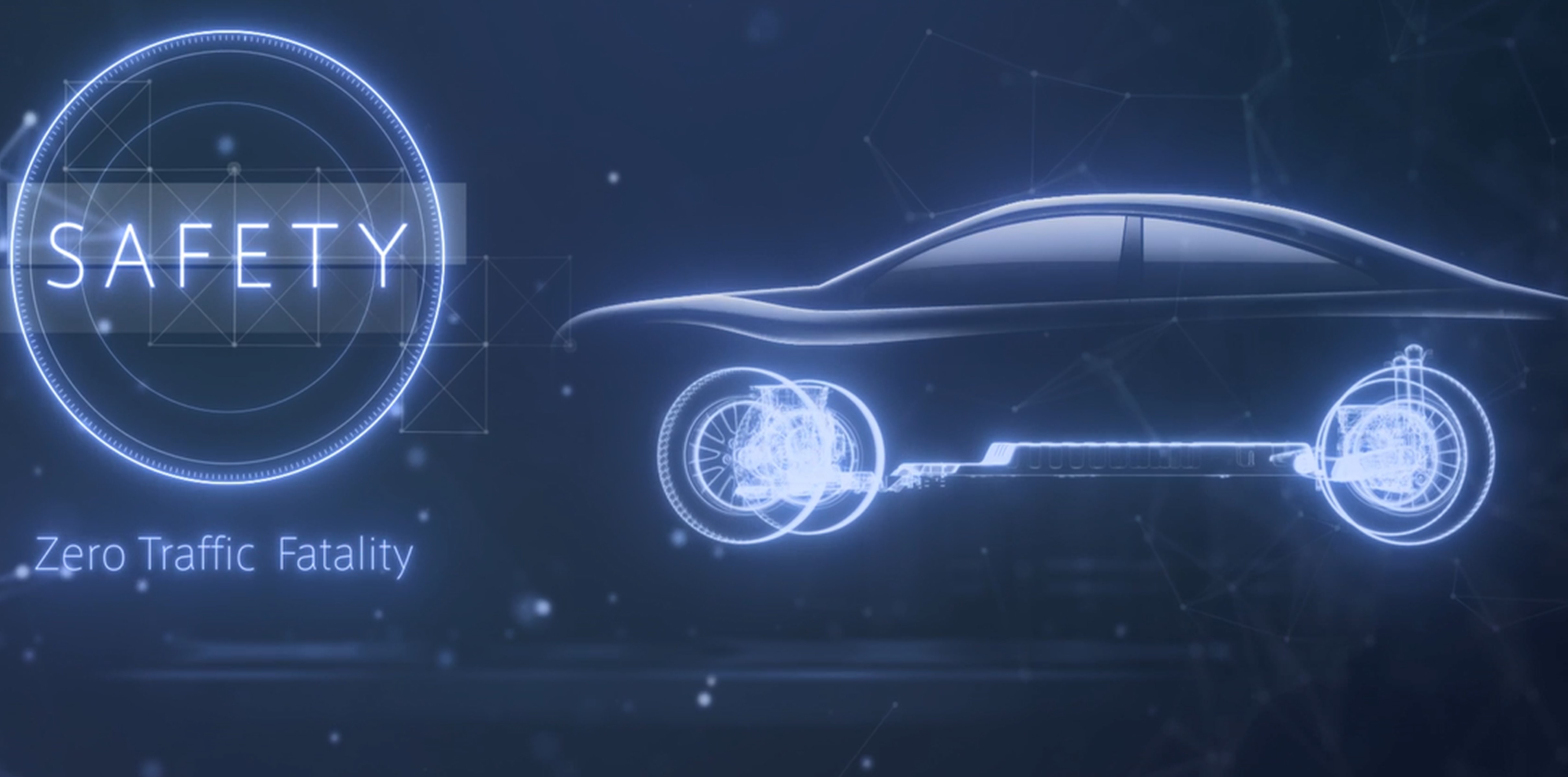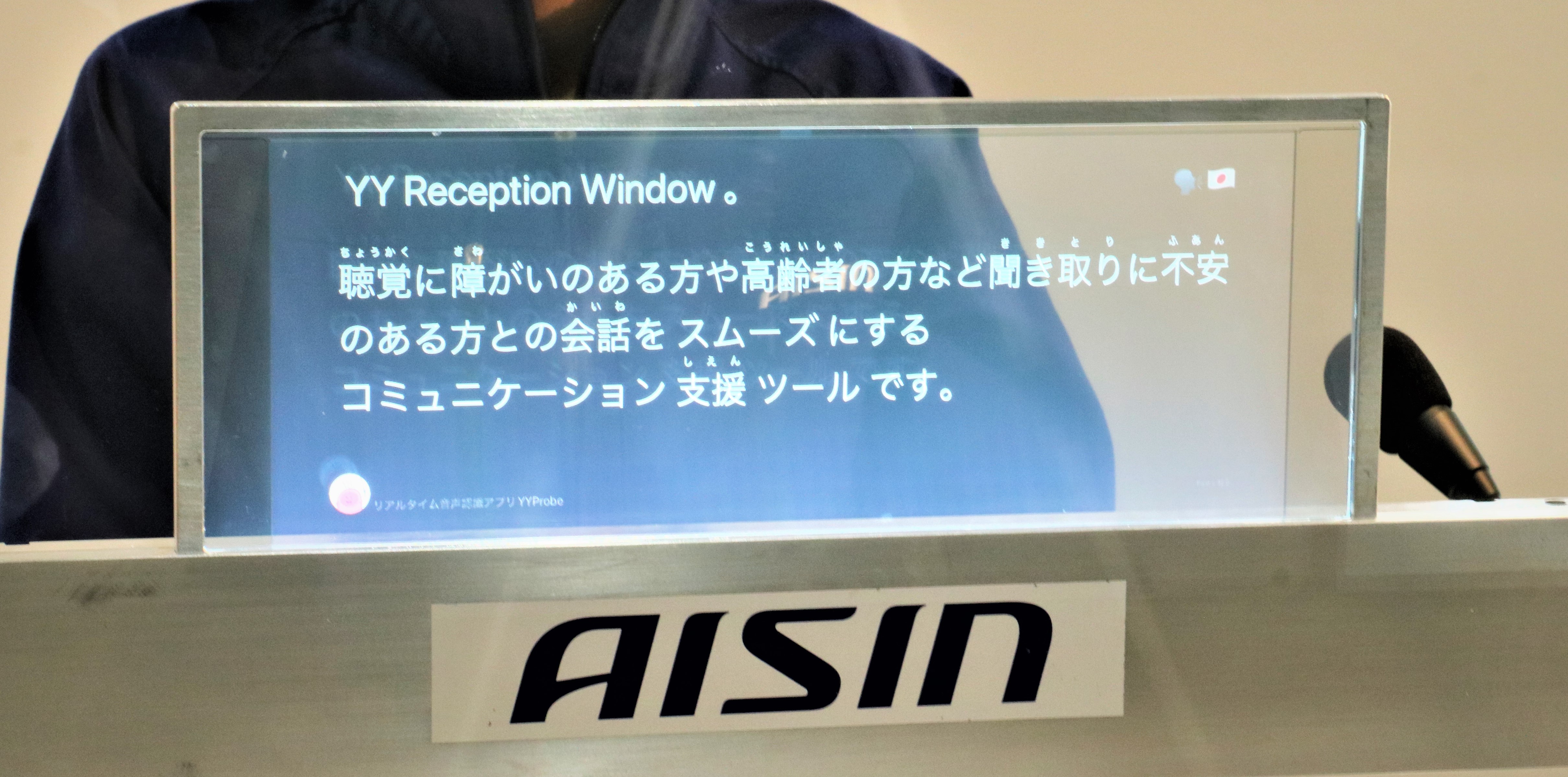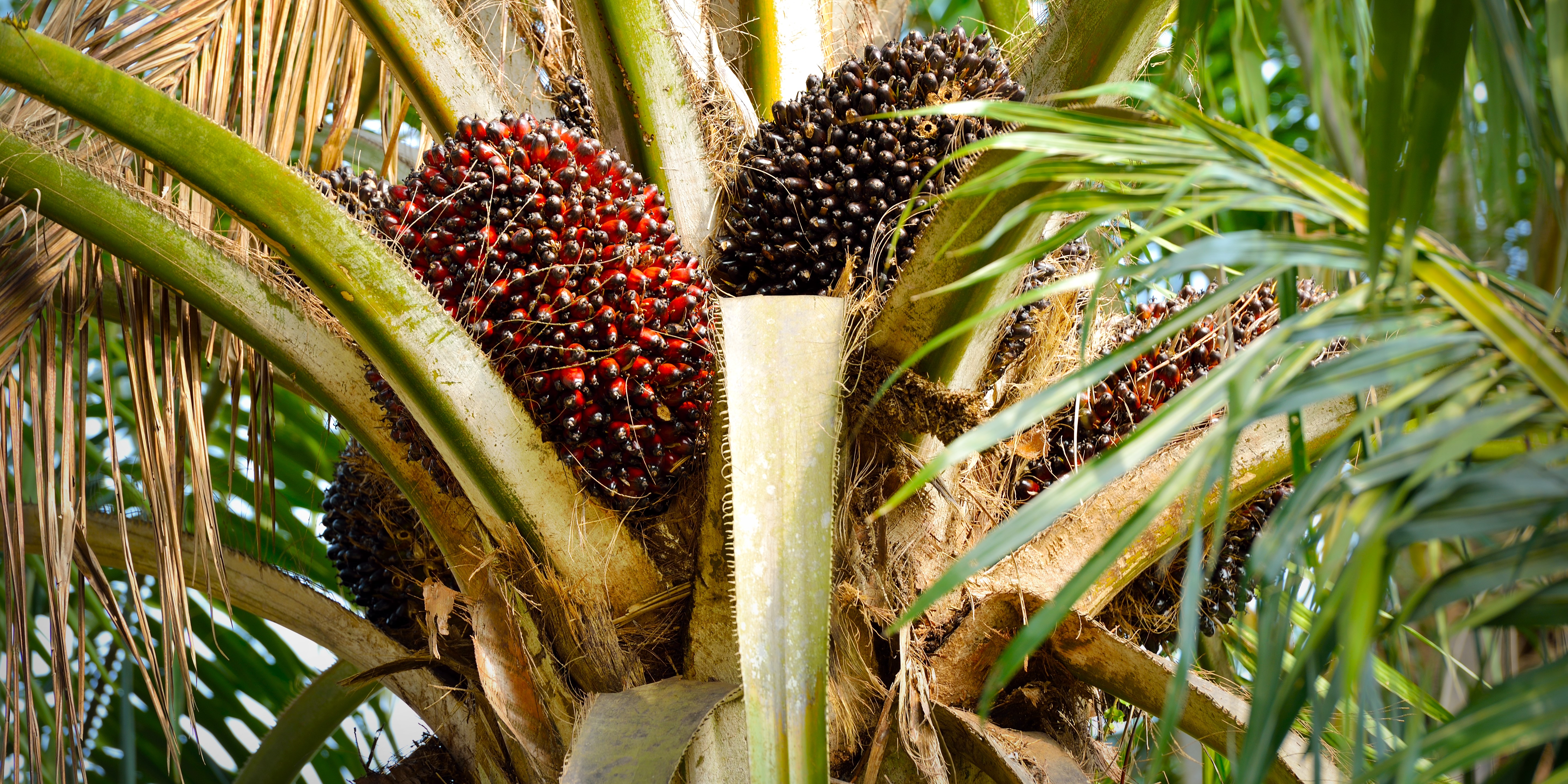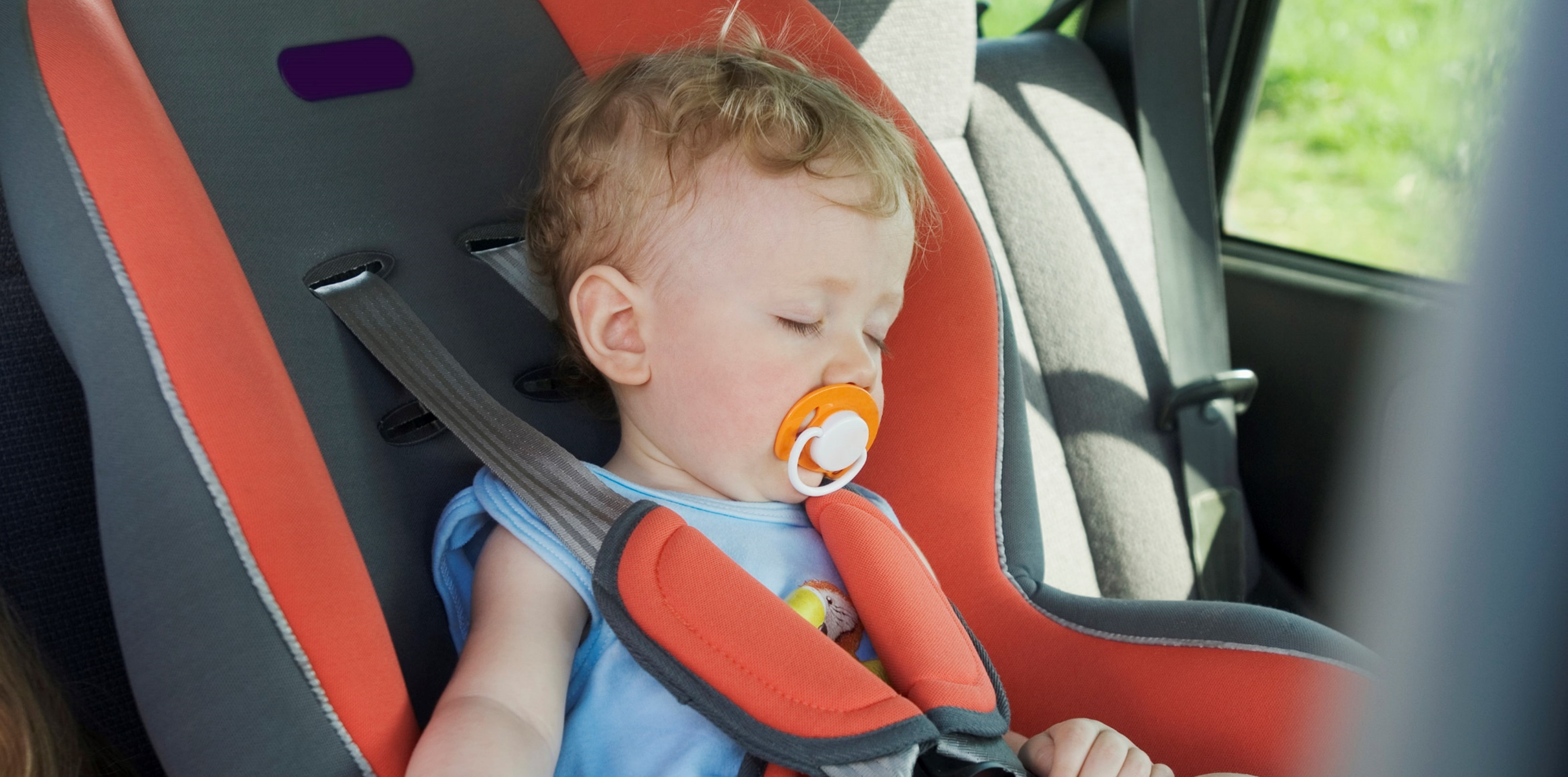鈴木 研司
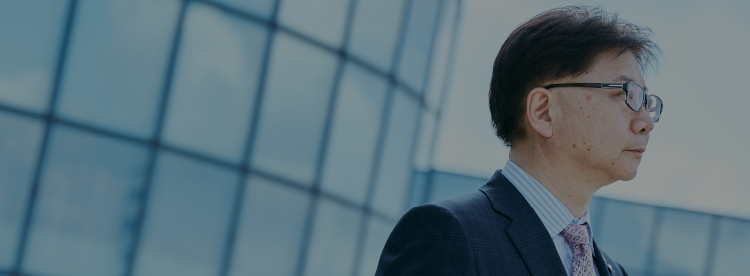
Tackling social issues with car navigation technology
Offering services closer to people
Rhythm Platform emotionally and culturally fulfills the mind
Development of Rhythm Platform

Development member: Kamiya

Rhythm Platform is a service conceived from our commitment to enhancing the functions of car navigation systems and changing the value of mobility, which provides uplifting information on users’ destinations through audio and video content. We believed the new value of mobility was not to be fast or efficient but to fulfill the mind emotionally and culturally, and this motivated us to start the development. To digitize things that cannot be quantified, such as the human mind, we joined a number of private drives to interpret emotional changes during a drive. Moreover, we obtained many samples from demonstration experiments conducted in cooperation with commercial facilities including shopping malls, and found that there are many rules (rhythms) to conversation and behavior in the car. Based on these data, we deliver relevant content that can lead to purchase as well as tourism promotion at the appropriate timing when users are approaching their destination. We thoroughly review the content and timing, and focus on stimulating the mind.
However, we must remember that mobility is merely a prologue to a series of travel processes, and the value of mobility is combined with the users’ experience at the destination. In addition to commercial facilities, we also work on solving the social issue of revitalization of local communities in collaboration with tourist associations and urban development start-ups in different areas. We aim to convey many attractions waiting for customers to people on the move, and enhance emotionally rich days.
Road maintenance and management support system to which car navigation technology is applied
Road maintenance and management support

Development member: Miyajima

The road maintenance and management support system detects abnormalities on the road and provides information and support for maintenance and repair. “We would like to offer a service that provides a backup for people facing difficulties in the field.” said Miyajima. We exchanged opinions with road management companies for the system’s development. I paid attention not only to superficial problems that emerged when I asked questions, but also to daily routine work, and tried to suggest solutions from the perspective of a third party.
The service includes a sensor that detects vibration, a camera that captures the road surface, and a connected module installed on the car floor to which a car navigation communications device is applied. It collects information on the current location and vehicle, uploads the information to the center to analyze the road surface conditions, and consolidates management of the data. Use of this service allows users to check the position and image of an abnormal part on a tablet or other device, and to determine the need for repair without actually visiting the site. An increasing number of local governments (including Okazaki City and Toyoake City in Aichi Prefecture) are installing this system not only in road management vehicles but also in public vehicles of the city and vehicles used for the rideshare service “Choisoko.” “We would like to further enhance solutions to help solve social issues,” stated Miyajima earnestly.
Taking on a challenge to create support services for parents through demonstration experiments involving the local community!
Support for parents

Development member: Orui

We will take on challenges beyond the framework of mobility to address issues faced by many families of child-raising age, for example, the accelerating family nuclearization makes it difficult for families to raise children, and the challenges of career development while raising children. A study was begun by a group led by Orui, herself a mother of three children, to determine what is needed to provide such support. At first, our group considered using Aisin's car navigation technology that we had cultivated to support mobility, including transportation to and from elementary schools and classes, but we reconsidered, deeming the underlying issues to be more complex. We pursued ideal ways of raising children, not limited to giving solutions to pickup and drop-off issues. The answer we arrived at ultimately was to provide an all-in-one station where “working, childcare and learning” could be realized in a local community. Involving the local governments, we formed a partnership with a nursery named Minna no Ouchi Renjaku, which had opened in Okazaki City. We worked on an early start of demonstration experiments.
Currently, Aisin employees, including Orui, are participating in the demonstration experiments, and we are considering allowing workers of other companies to use the station in the future. “We can directly observe the reactions of people through demonstration experiments conducted in this area. We would like to create services that are much closer to people and make people happier.” The service also aims to build the mutual relationships among residents upon face-to-face interaction, and strengthen disaster resilience and crime prevention in the community.










